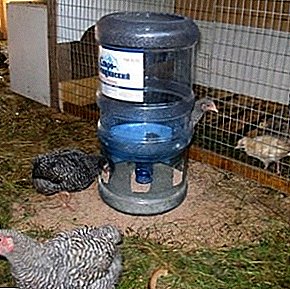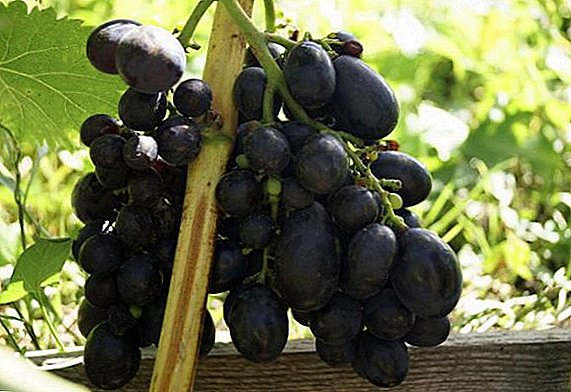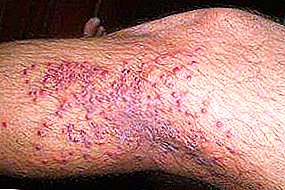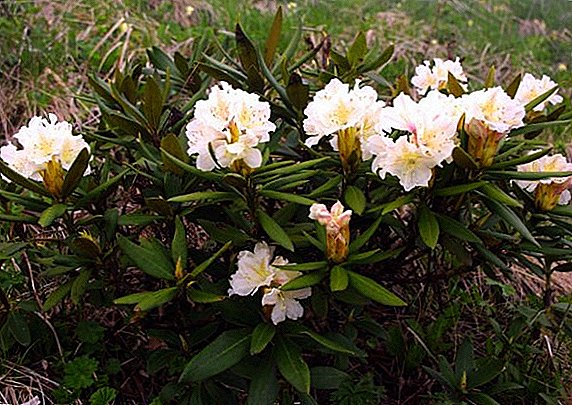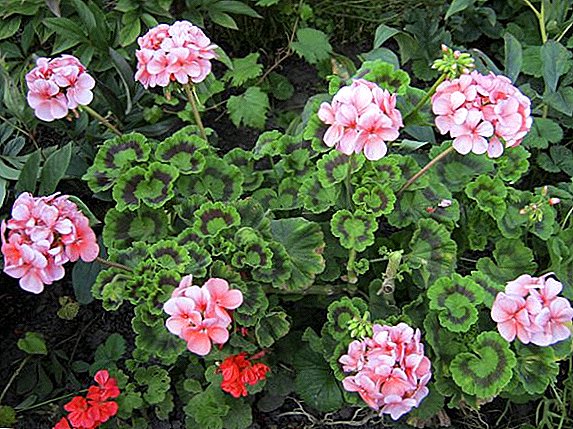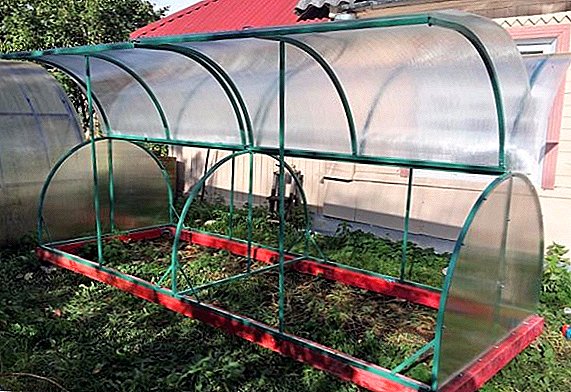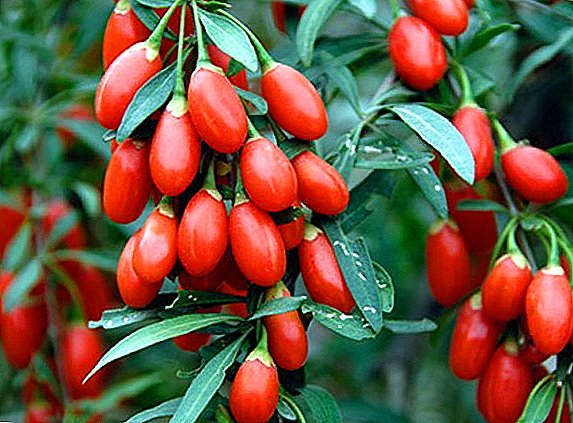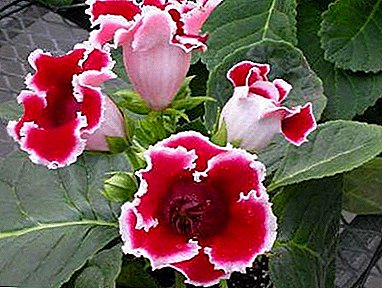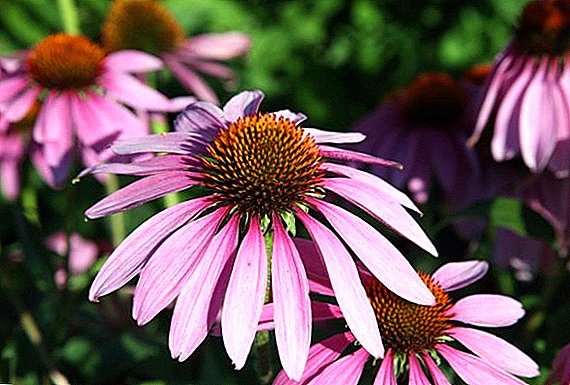 Today, Echinacea is grown for ornamental purposes, and as a medicinal plant in Europe, North America, the Caucasus and Russia. In traditional and traditional medicine, and use the leaves of the plant, and flowers, and roots.
Today, Echinacea is grown for ornamental purposes, and as a medicinal plant in Europe, North America, the Caucasus and Russia. In traditional and traditional medicine, and use the leaves of the plant, and flowers, and roots.
Growing Echinacea through seedlings
There are no particular difficulties in growing echinacea. The plant needs light or partial shade, regular watering, nutritious soil. Echinacea tolerates drought and frost well. At one place the plant can grow about six years.
Did you know? The North American Indians treated with echinacea tumors, washed wounds, and removed edemas. Used the plant as an antidote for snake bites or poisoning.
When to plant echinacea seedlings
The seedlings of Echinacea are planted in late February - early March. Can be sown in a greenhouse or at home.
Soil for seedlings
 There are no special requirements for soil for planting in the greenhouse, as long as it is loose and nutritious. For room planting suitable universal soil for flowering plants. The soil can be disinfected: set the bag in the frost for a day, then pour the earth with a slightly pink solution of potassium permanganate.
There are no special requirements for soil for planting in the greenhouse, as long as it is loose and nutritious. For room planting suitable universal soil for flowering plants. The soil can be disinfected: set the bag in the frost for a day, then pour the earth with a slightly pink solution of potassium permanganate.
How to prepare the seeds before planting
Before planting echinacea with seeds, you need to work: soak them for half a day in water, you can use a special solution that stimulates germination instead of water.
Sowing seeds
Pour soil into the box or container for seedlings, make grooves one centimeter deep. Seeds are sown at a distance of two centimeters from each other. Between the grooves, leave a distance of three centimeters. After sowing, cover the box with film or glass, you need to put the container in heat.
Conditions for seed germination
 Echinacea after sowing seedlings contain at a temperature of + 13 ... + 15 ° C. The seeds of the plant do not germinate for a long time, sometimes waiting is delayed up to a month.
Echinacea after sowing seedlings contain at a temperature of + 13 ... + 15 ° C. The seeds of the plant do not germinate for a long time, sometimes waiting is delayed up to a month.
The soil should be moist, it is better to apply spraying.
Echinacea seedlings care
Echinacea care is loosening the soil for better access of oxygen to young roots and its regular moisture. When seedlings appear, the glass from the box must be removed and put the seedlings in the lit place. Then thin out by removing weak sprouts.
Interesting! Echinacea is a melliferous plant, plus the fact that it blooms when the bulk of the honey plant has bloomed. From industrial landings, plants receive up to 130 kg of honey per hectare.
Planting echinacea seedlings in open ground
The flower is planted in flowerbeds, used in mixborders, in flower borders. When Echinacea blooms, flower beds look fabulously beautiful. A bouquet of cut flowers is long in the water.
When to plant seedlings
Echinacea seedlings at the cottage planted in May. This period is no longer threatened by return frosts, the earth is sufficiently heated and moist. 
How to choose and prepare a place for seedlings
The plant needs a fertile, loose soil, preferably with a neutral reaction. In the sandy soil you need to add humus, in the acidic - lime. The flower develops well in illuminated areas, feels good in a light shade.
Important! In the full shadow of Echinacea will bloom badly or does not bloom at all.
How to plant seedlings on a bed
When planting echinacea does not require special knowledge in agricultural engineering. Planting pits for plants do up to five centimeters in depth, the distance from each other - 30 cm. At the bottom of the pit, place the compost, then gently lower the sprout and sprinkle with soil. Pour over.
If you planted seedlings in peat cups, the depth of the pit should correspond to the length of the roots of the seedling. The plant falls out of the cup with the soil, sprinkled with soil and watered.
How to care for echinacea on a flowerbed
Echinacea does not need increased attention when caring for it in the open field. If you forget to water, the flower will not wither, as it tolerates a lack of moisture. 
How often to water
The flower likes regular but moderate watering. It is better to water in the morning or in the evening, especially on hot summer days.
What to spend feeding
In the second year of cultivation, you can begin feeding. Feed the plant during the growing season and after flowering. It is better to use rotted compost, at least for the first time - this fertilizer will give an echinacea lush abundant flowering.
Attention! If you planted a plant for medicinal preparations, mineral fertilizers from the diet of Echinacea should be excluded!
Pruning inflorescences
When the plant blooms, it is better to cut off the withered buds: the color no longer exists, and the inflorescence pulls the nutrients. If you need seeds, leave a few inflorescences.
Collection and storage of echinacea seeds
 Echinacea with timely planting and sensitive care at the end of the season will give a good crop of seeds. Seeds ripen not evenly, so do not rush, wait until all the boxes ripen. A sign of full maturation will be the darkened middle of the flower. Cut the boxes and lower the head down over a piece of paper, so you will not spill the seeds. Leave a sheet of paper with seeds to dry in a dry place for two weeks. Dry seeds should be stored in a glass container with a tight lid, in a dark and dry place.
Echinacea with timely planting and sensitive care at the end of the season will give a good crop of seeds. Seeds ripen not evenly, so do not rush, wait until all the boxes ripen. A sign of full maturation will be the darkened middle of the flower. Cut the boxes and lower the head down over a piece of paper, so you will not spill the seeds. Leave a sheet of paper with seeds to dry in a dry place for two weeks. Dry seeds should be stored in a glass container with a tight lid, in a dark and dry place.
How to prepare echinacea for winter
Echinacea tolerates frost well, but for the winter it would not hurt to cover it. Winter can be without rain, and this is bad conditions for the plant. Frosts can also harm first-year plants. In mid-autumn, the plant must cut the stems. Pristvolny circle zamulchuyte compost, covering the root of the neck. After that, cover the stem with dry foliage or fir branches. On sale there is a special covering material for plants.
Other ways of reproduction of echinacea
In addition to the seedling method, echinacea can be planted with seeds immediately in open ground, can be propagated vegetatively.
Dividing bush
 By dividing the bush, Echinacea is propagated in spring and autumn after flowering. For these purposes, choose a bush aged at least five years. The plant has a fragile root system. Therefore, you need to dig carefully. The bush is cleaned of adhering soil and separated from the roots and three (at least) buds. Planting a delenka is no different from planting a seedling described above.
By dividing the bush, Echinacea is propagated in spring and autumn after flowering. For these purposes, choose a bush aged at least five years. The plant has a fragile root system. Therefore, you need to dig carefully. The bush is cleaned of adhering soil and separated from the roots and three (at least) buds. Planting a delenka is no different from planting a seedling described above.
Planting seeds in open ground
From the experience of growing by the seedling method, we can conclude that the seeds and their seedlings are very delicate and fragile. The end of spring is the best time to plant echinacea seeds in the ground. In May, when there is no threat of frost, the seeds are planted shallowly in the warmed up topsoil. For planting in the open ground choose large seeds, they have better germination.
Echinacea resistance to diseases and pests
Echinacea is immune to disease and pests, and if it is sick, most often the reason is improper care of the plant. Due to the high humidity and excess nitrogen in the top dressing, Echinacea can get powdery mildew. Bordeaux liquid treatment or colloidal sulfur will help to rid the flower of white bloom.
Spots on the leaves signal septoria or cercopiasis. The affected parts of the plant must be removed and treated with echinacea fungicides. If your flower is infected with a virus, unfortunately, there is no cure for it. The plant must be removed and disposed of, and the soil treated with a solution of manganese. Echinacea pests - bedbugs, pennitsa and slugs. Slugs will have to be harvested by hand to prevent their further occurrence, scatter around the flowers the broken nutshells: it will impede their movement. From the rest of the parasites need to use insecticide preparations. This article contains all the information about planting and cultivation of echinacea, which can facilitate your work. Follow the rules of farming and care, and the plant will respond with a lush development and flowering.



